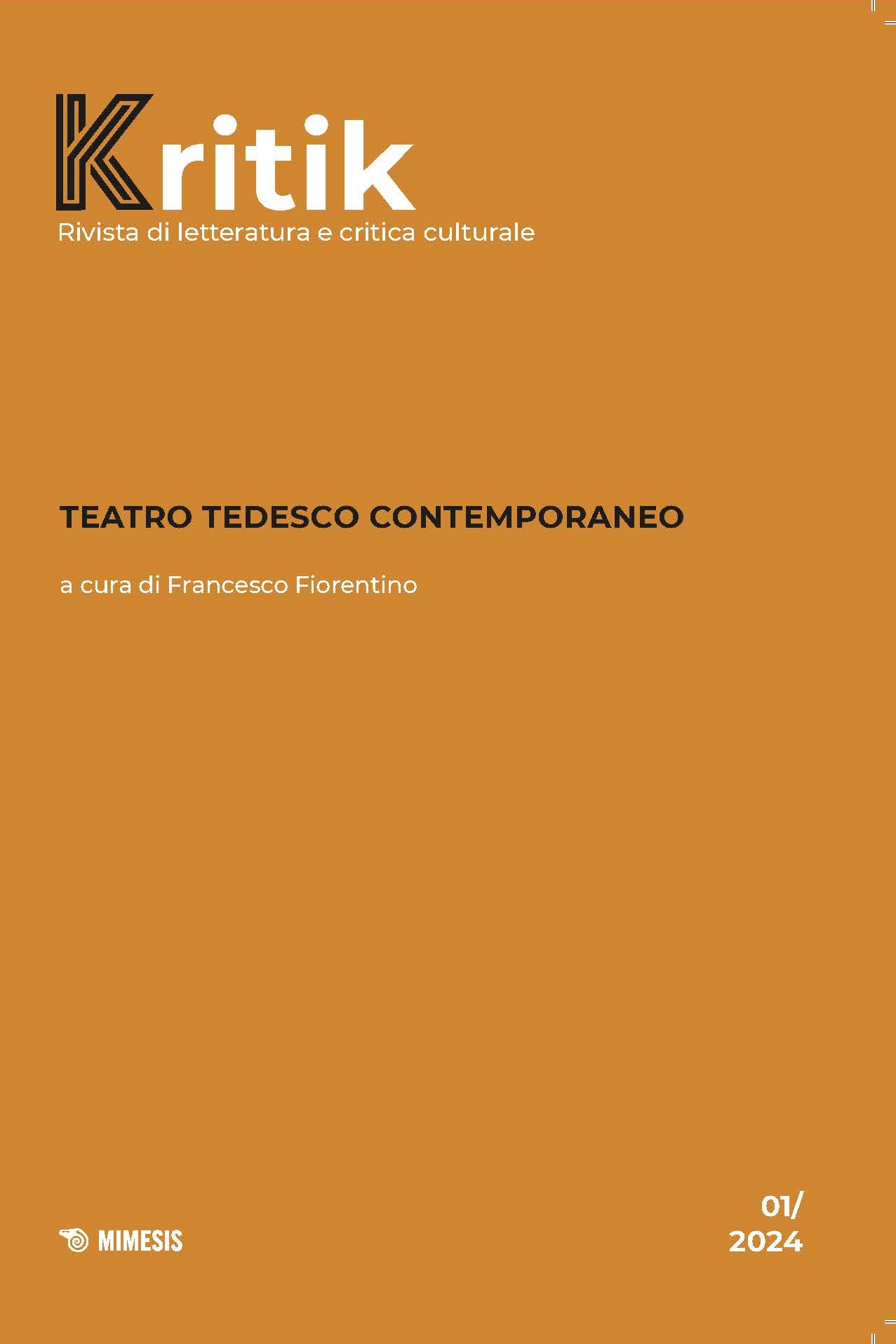Abstract
The essay delves into the artistic-political genealogy of Ostermeier’s realism, drawing connections to Brechtian approaches. At the 1935 International Congress of Writers for the Defense of Culture, Brecht emphasized the strained relationship between the artistic avant-garde and class struggle. He criticized the belief that art alone could incite revolutionary change, a stance mirrored in Ostermeier’s critique of contemporary performance forms as insufficient for challenging capitalist realism.
Both Brecht and Ostermeier contest the assimilation of artistic work into the bourgeoisie, emphasizing that while art can critique the system, it cannot fully subvert it without Revolutionary conditions. Ostermeier’s theater, then, aims to reveal concealed aspects within dramatic texts. I examine how his approach disrupts the familiar by situating classical plays in contemporary environments. His productions unearth buried aspects of traditional culture, emphasizing the unspoken, unseen, and unsettling elements of these works.
Ostermeier’s Nora, his adaptation of Ibsen’s A Doll’s House, epitomizes this approach. He transforms the play, revealing the contemporary façade of gender roles, consumerism, and patriarchal control. Nora’s evolution, from a compliant wife to a character breaking free through unsettling actions, serves as a critique of societal norms.
In the essay’s conclusion, I explore the interplay between the audience’s engagement and bourgeois curiosity, dissecting their pivotal role in crafting the scenic impact. In Nora, this impact exposes to the spectator the enduring role they persist in assuming.

